Maybe it’s the weather mixed from the winds breaking against Mt Fuji. Maybe it’s the mist rising off of Tokyo Bay in the mornings. Or maybe it’s the elegant wardrobes of the sleek Edokko who all could pass for ballerinas and boxers, but as many photographers have said – the light in Tokyo falls on the streets and paints the Japanese with a unique brush. COVID canceled a planned trip to Japan for the Olympics in 2020, but now a window of only a week from the reopening of the country to the start of a new job offered itself in October. I’ve traveled all over the World, but never as a solo tourist in such a culturally foreign setting. Thankfully, Tokyo is the safest place on Earth with the most gracious people. If there was anywhere to be lost as a photographer, Tokyo is it.
My knowledge of Japan, like many Americans, is superficial. Kokorro, a great sushi restaurant in downtown Houston has a stool for me at lunch. I learned to ride motorcycles on a pearl white 300cc Kawasaki Ninja. The anime show Robotech was appointment television in elementary school. And after watching Sofia Coppola’s Lost in Translation in 2003, I vowed as a young naval officer to make a trip to Tokyo and have a Suntory whiskey on the rocks at the Park Hyatt Bar (that never happened).
While Japanese culture, which gained in global influence during the 1980s through the 2000s, was always a beautiful mystery to my younger self, I never appreciated the foundation of it all – the Japanese people. I just haven’t met many Japanese people in my life. The creativity of their arts and power of their economy, all from a modest island country, derive from the Japanese people’s deep sense of mastering whatever is in their lives. That commitment breathes immortality into their exports, both tangible and intangible. While Japan is not a monolithic country, and this is a broad outsider’s observation, the social emphasis on discipline and self-accomplishment as a matter of personal honor inspires a visitor to be better in their own lives. That sense of honor extends to the Japanese people’s graciousness and hospitality to this American butchering their language.
This trip was about people. I am not a street photographer and I knew I had to immediately improve the little street skills I had to do the subjects justice. My preparation focused on three skills: scale focusing, composition from the hip, and approaching people without going to prison. The best I could manage prior to my departure was snapping photos of my neighbors’ dogs. I felt woefully underprepared for Tokyo. But then I remembered the words of legendary Oskar Barnack Award Winner Sebastião Salgado, “If you can photograph a dog, you can photograph a person.” Well okay then…let’s do this.*
This may have been a once in a lifetime trip, so I had to make my equipment loadout count. I am an analog devotee, so my main camera would be my Leica MA. However, considering Tokyo is one of the most beautiful cities at night, I wanted to bring a low-light beast to capture all the afterwork karaoke revelry on the neon streets. So I decided to rent a Leica M10 Monochrom from Lens Rentals Inc. in Nashville. This black and white only digital rangefinder can shoot gorgeous practically noiseless photos in excess of 50,000 ISO. And since both are M rangefinders, the transition from one to the other in my camera bag was seamless.

My primary lens was my Leitz Summicron-C 40mm from 1973. The Summicron-C is one of the gems in Wetzlar’s historical lens catalog. The image quality is second to none – painterly and sharp yet flattering for people. And the tiny form factor, designed originally for the Leica CL, is perfect for discrete shooting. I’m primarily a 50mm photographer. Since neither the MA nor the M10M have 40mm framelines, I treat the little summicron as a 50mm. When editing photos I’ve found this approach is either dead-on or better than I intended.
Continuing with the non-M lenses on M cameras theme, my wide-angle lens was a Leitz Elmarit-R 28mm from 1987. This Elmarit is one of the sharpest R-lenses made and the smallest. Adapted on an M, it’s actually a little smaller than the 28mm Summilux-M. R lenses adapted to M cameras are not rangefinder coupled, but the 28mm has a generous depth of field which makes scale focusing a breeze.
I also decided to develop my film in the hotel. And if I was going to develop my film and I had the M10M, why not scan also (yes…I need professional counseling) ? So I brought a Macro Elmarit-R 60mm, Salgado’s favorite, with the 1:1x adapter. The macro fitted perfectly in my camera bag with the two Leica bodies and lenses. And the negative holder and light took up the space as an extra pair of shoes I didn’t need in my carry on. Back in Texas, I have the Macro Elmarit adapted to my Canon Eos 1V in one of the best artistic collaborations since Queen and David Bowie (future 35mmc review on that combination to come).
This being Japan, the right film for this job was Fujifilm Neopan Acros 100 II. Acros renders inky blacks through silky grey tones, with impressive dynamic range, flexibility, and near medium-format level resolution. It is now my favorite film stock. I did carry several rolls of Tri-X 400 in reserve as the weather forecast warned of challenging light. Though I shoot almost exclusively in black and white, I would have been a fool not to capture the colors of Tokyo. So I bought a handful of Fujifilm PRO 400H rolls in Shinjuku and loaded them into my trusty Rollei 35S.
After a 12 hour flight, I’m reminded of how crass a tourist I am while navigating the vast Haneda Tokyo International Airport. The COVID vaccination check added a quest, one I barely understood, before even arriving at customs. Most embarrassing was clumsily walking into others on the right side of the corridor. The civilized left-side of the road convention originated from the 17th century Edo government’s desire to prevent confrontations from accidental brushing of sword scabbards on their samurai’s right. While maybe apocryphal, the way people walk with a consideration for others underscores the heightened level of respect of those around me.
The taxi ride into an unfamiliar city always brings the anxiousness and romance of a first date. “Great to meet you! I hope traffic wasn’t bad.” “No way…Christine McVie was way more talented.” “Oh motorcycles are very safe – much better than hunting for parking.” “So I have to spool the film in the dark just by feel then develop it. It’s slow, but that’s what makes it fun.” “Why yes, I can totally stay for another bottle of sake.” etc.
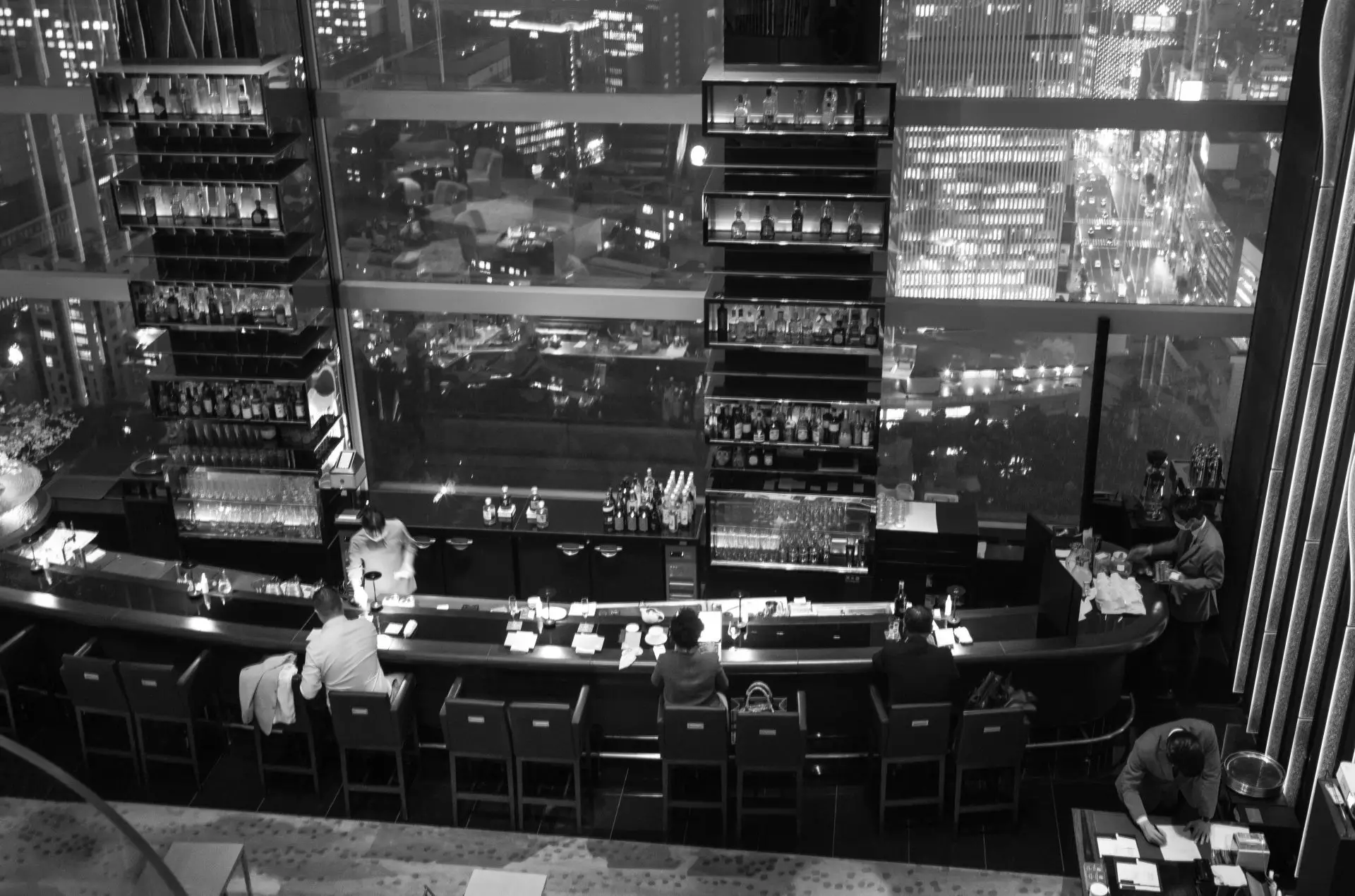
This cab ride felt like a spin in a time machine to the past. This is odd because Tokyo is the definition of a technological metropolis. But cruising by the port and fishing boats unloading their hauls reveals the working foundation of the city. I’m also arriving on a grey damp afternoon as the professionals are starting their commute home. Everyone is dressed minimally in inoffensive neutral colors and silhouettes – the way we all used to dress. Every car, whether it’s a 15 year old cab or a brand new Aston Martin looks like it drove in from a concours. Each one immaculate and maintained with pride.
The flowing mid-century lines inside the Prince Gallery Hotel lead me to my room like a trout gliding through a stream to a quiet pool. My small home for the next week is minimalist yet all of Tokyo simultaneously. No patterns, just clean colors and silence. But outside my window thirty stories above the surface streets is an abstract expressionist piece. Instead of oil, in front of me are points and streaks of light from the largest city on the planet. Tokyo could be one of Yves Klein’s sapphire smeared nude models writing around on his canvas.
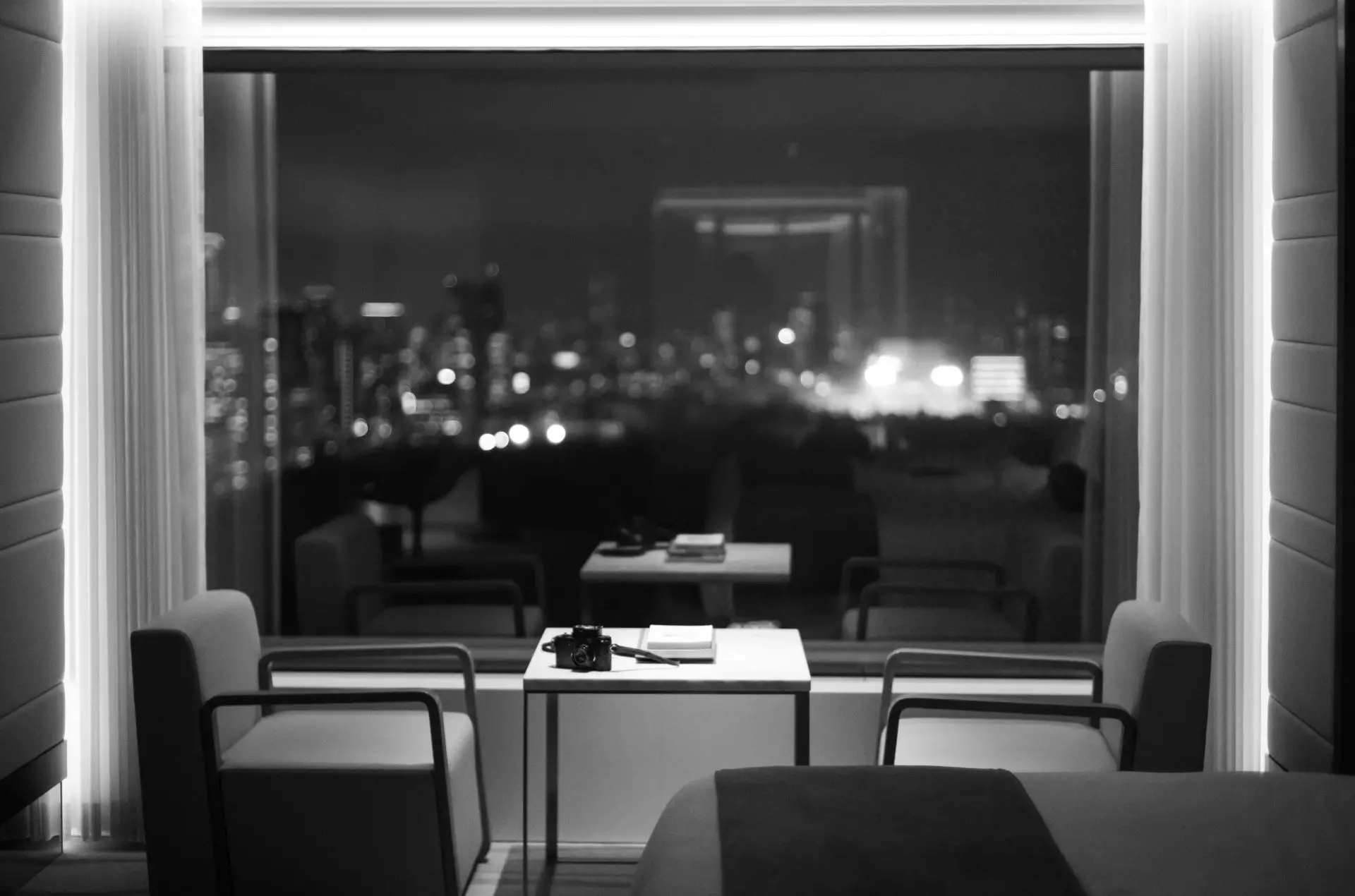
After a nap and half-hypnotized by Japanese television, I ventured out into the evening with the M10M for my first meal. I’m in the Kioicho district on Thursday night. This is a quieter beautiful neighborhood where many countries base their diplomatic missions. Beneath the Prince Gallery are several high-end restaurants catering to business travelers. I’m sure they were all excellent, but I wanted a diner where the staff and regulars shot me the internationally-recognized “are you lost?” look. I found a cozy little tendon soup place, Tendon Tenya, in the Akasaka neighborhood two blocks from my hotel. I pointed to the photo in the menu of the shrimp, squid, maitake mushroom, and lotus root in the tendon broth. I decided to go with a green tea and take it easy.
This is a modest meal in a modest respected chain restaurant. But after flying for 15 hours, this could have been one of my best meals this year. Ambiance provides that extra puffs of smoke in your barbecue and that additional spray of ocean in your seafood. On this night for this meal, I’m in an Edward Hopper diner enjoying a foreign meal in a foreign land at a tiny counter under fluorescent lights. There is only one other solo diner, a young professional woman, quietly finishing her soba before walking back to the office. This is how millions of Tokyoites eat their dinner every night. Small humble establishments like this cater and comfort them at their counters. And they come here for a few hours to find some harbor from the wave of stress that for many consumes their existence. I am in the heart of it.
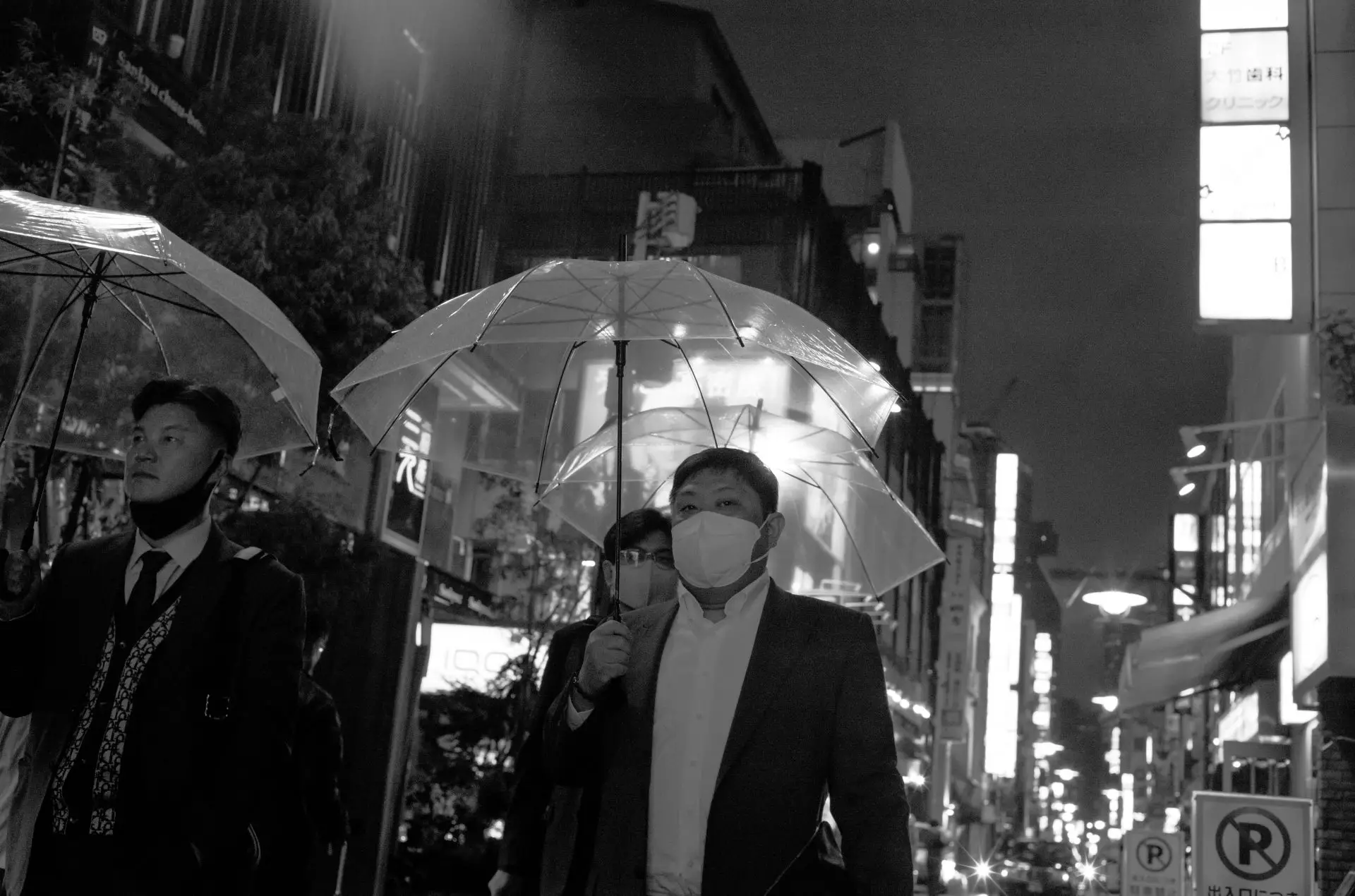
Night photography has always been a favorite of mine. The high-contrast light and nocturnal human shenanigans always provide dramatic scenes. However, capturing those scenes, especially candid street scenes, on film is incredibly difficult. Enter the M10 Monochrom. This crazy thing takes almost noiseless images in excess of 50,000 ISO. The little digital noise above that setting in black and white looks like Tri-X. If you were a plastic surgeon who wanted a NFT of your cat in a black hole, this is what’s missing in your life.
My rental M10M allows me to shoot from the hip at f8 and 1/250 as if I were in Cannes instead of Tokyo. I didn’t have to shoot wide open. I didn’t hold my breath at 1/30 braced against a light pole. I didn’t have to lie to myself that my p3200 negatives had lo-fi character. This might seem quaint to all the Gen Z 35mmc readers, but I felt like everyone’s favorite friendly neighborhood photographer after getting bit by the radioactive spider.
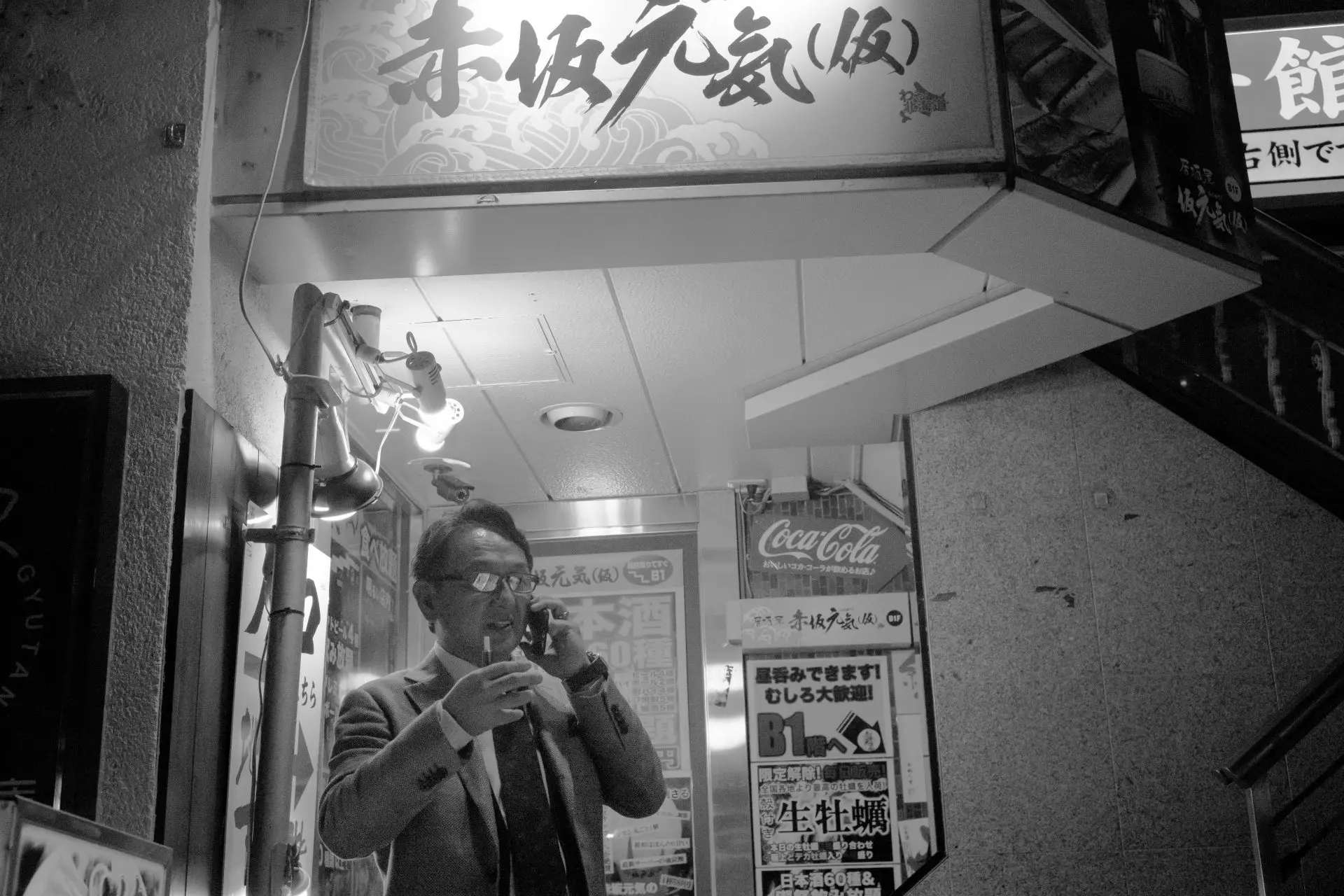
With great power comes great responsibility. So after dinner, I immediately proceeded to snap a photo of every human walking in the area with my newly acquired night vision superpower. That would have been a bad idea. The truth is, after shooting exclusively film my digital approach was much the same. I only press the shutter if there’s a story to be told. Even on this quiet evening, Tokyo was in a poetic mood with haikus reflecting in the puddles pooling in the streets.
While I couldn’t interpret people’s conversations, I understood they were all about business. Crews of neatly dressed salarymen and women striding to their team dinner. Short serious phone exchanges syncopated with the respectful “hai.” And patios outside cafes with high-tables circled by smiling slightly drunk and still neatly dressed young coworkers toasting a friend’s promotion. This city, at least in this district, moved with order and collegial electricity. It reminded me of a warship that steams with naval precision but always knows the best pub in port.
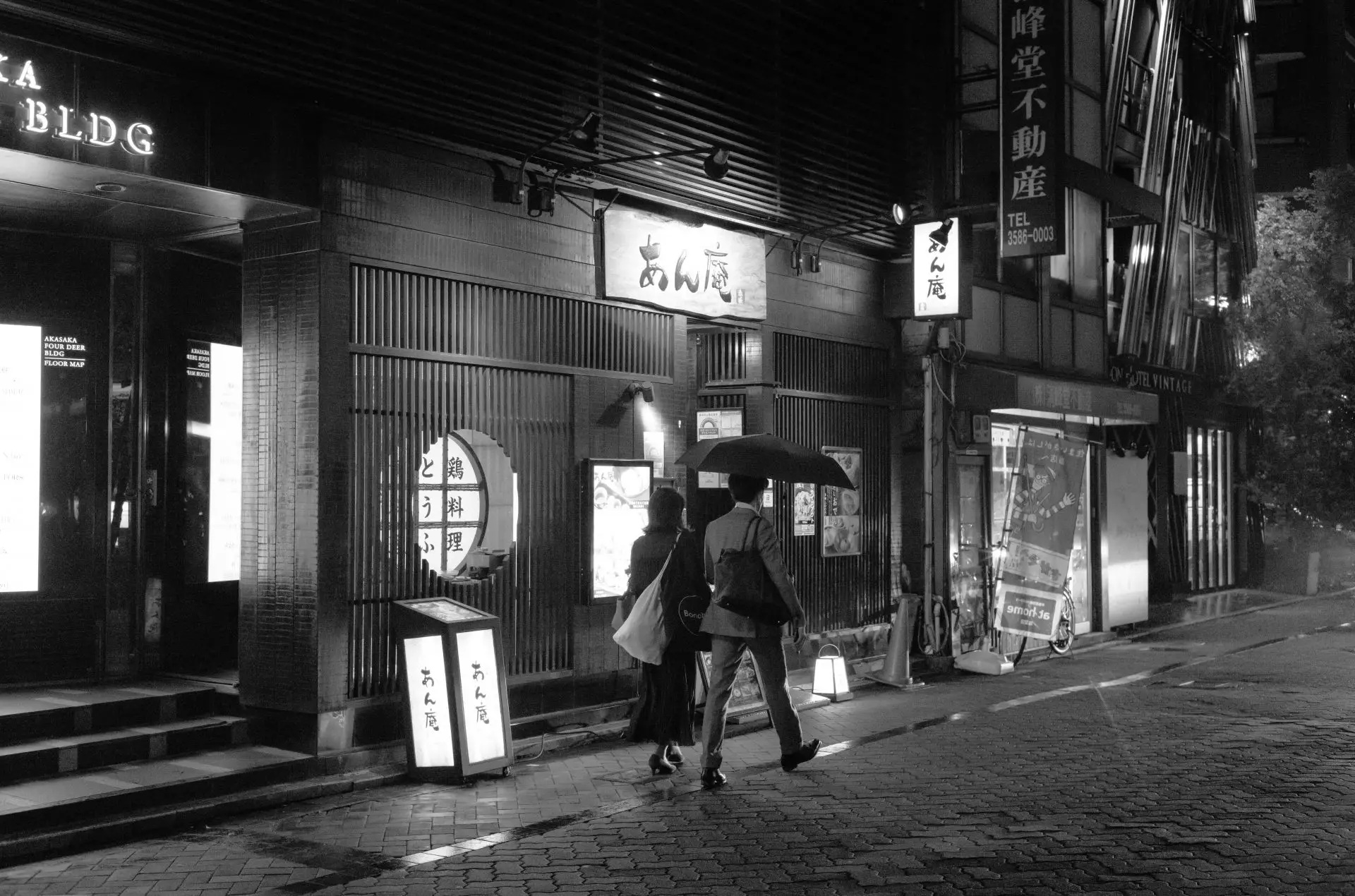
After walking back to the Prince Gallery, I collapsed on my bed and attempted to plan out my first day in Tokyo. Thoughts of Metro maps, ramen, and palatial camera stores fade into and out of my head as a cocoon of contentment envelopes me. The Japanese TV broadcast of the MLB divisional playoffs slowly lulls me to sleep. My room, gifted with her own artificial intelligence and sensing I was drifting away, dims the lights and draws the curtains.
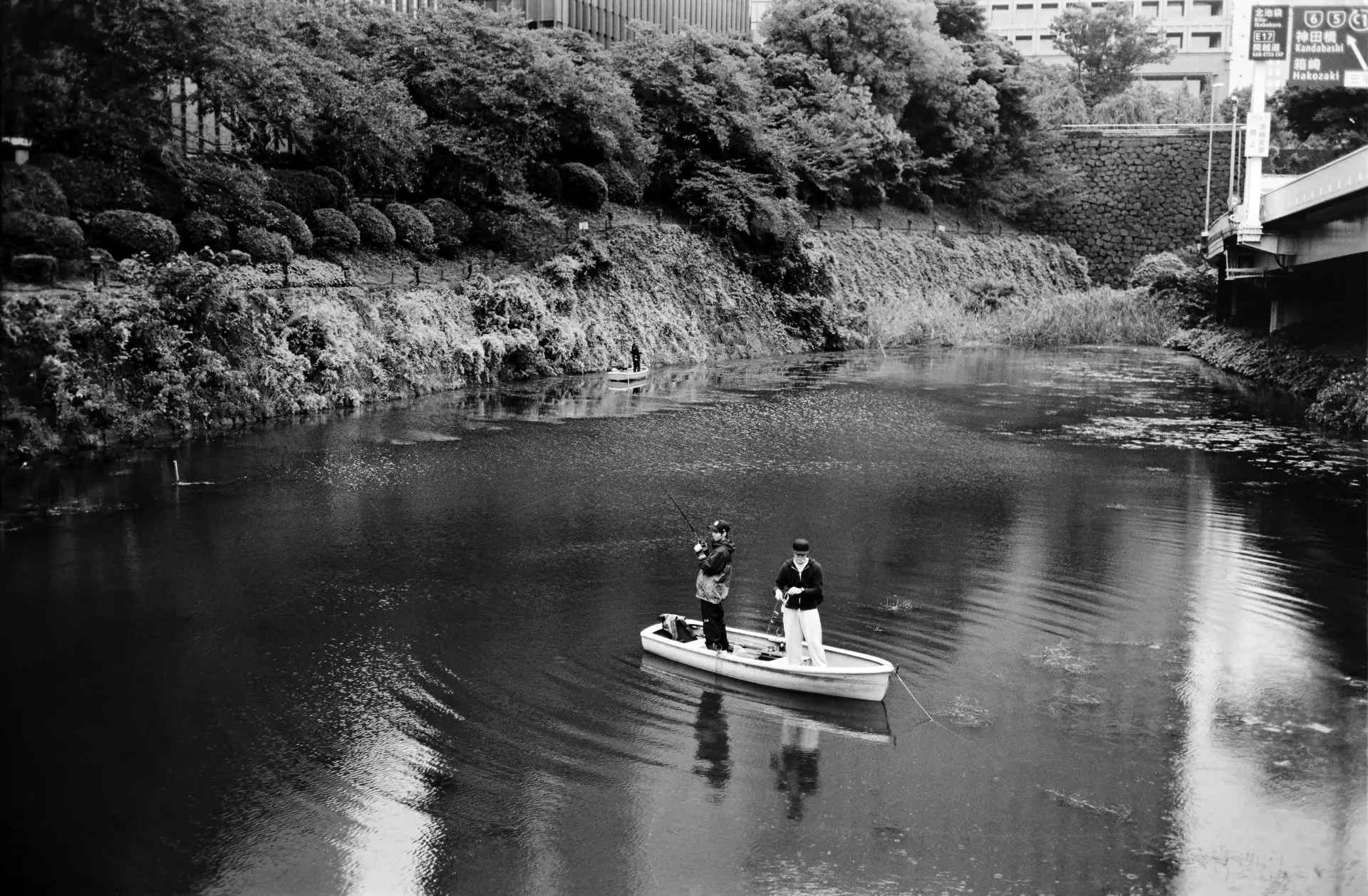
This is part 1 of a 3 part photo essay of my trip to Tokyo.
* Legendary Oskar Barnack Award Winner Sebastião Salgado never said that, but I’m sure he would find the joke hilarious.
Follow John-Paul on Instagram @l.art.4.l.art
Share this post:
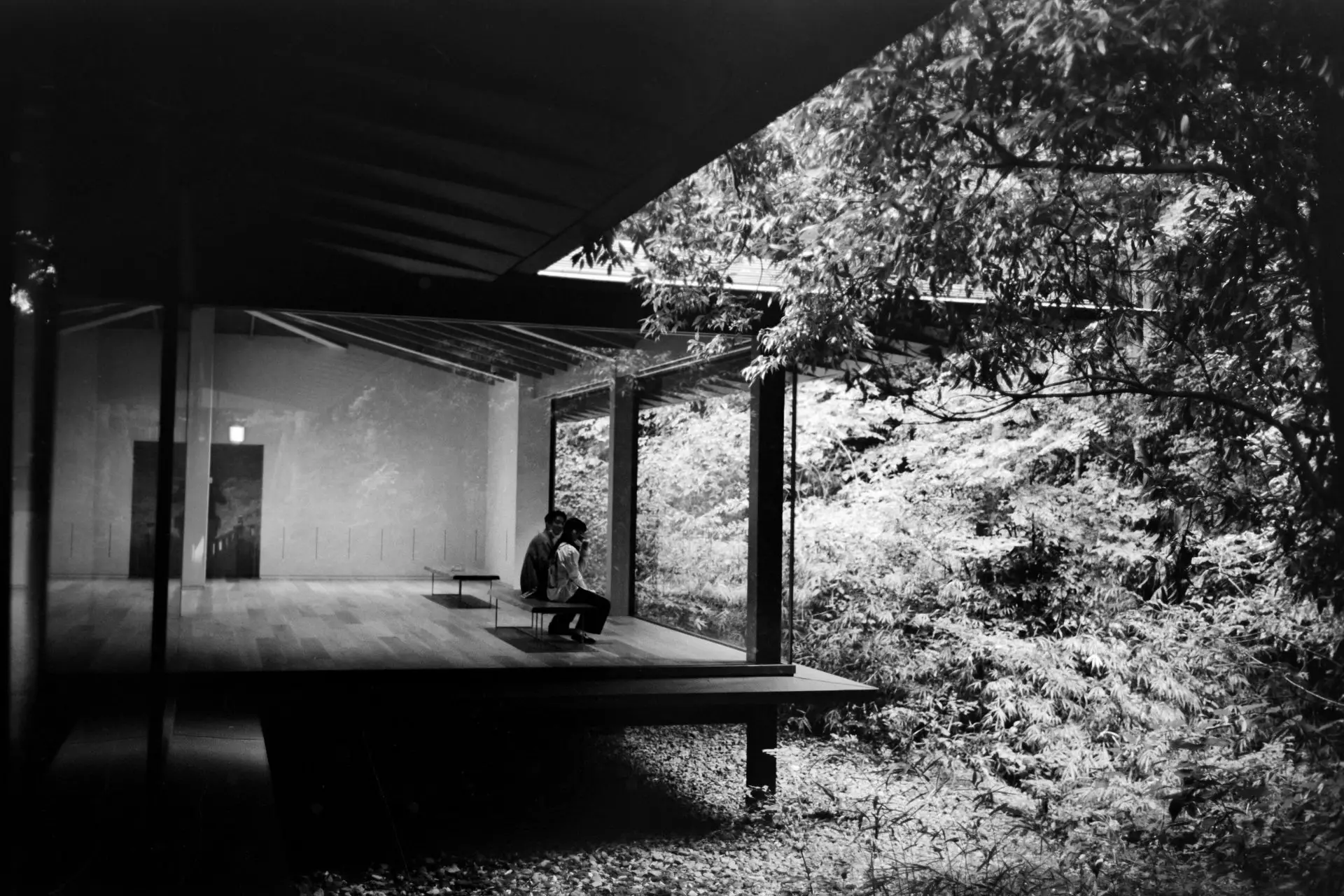








Comments
DJ on Tokyo in Monochrome – Part 1 – by John Paul Menez
Comment posted: 06/01/2023
So inspiring. So transparent. You have confirmed why I myself want to make this trip in the near future. Also a dream of mine having been raised by Anime :)
Comment posted: 06/01/2023
Ricardo on Tokyo in Monochrome – Part 1 – by John Paul Menez
Comment posted: 06/01/2023
Comment posted: 06/01/2023
Daniel Castelli on Tokyo in Monochrome – Part 1 – by John Paul Menez
Comment posted: 06/01/2023
You have summed up the experience of traveling to a destination perfectly.
I live in a photo desert; everything photographic, from film to darkroom supplies is purchased on-line. The small, but active photo community disbanded after the local camera store closed.
Therefore, when I read an article like yours, it gives me a sense of participating and sharing with fellow photographers. It also provides a sense of validation. I use a Leica (film) M and the Summicron's cousin, the Rokkor-M for a majority of my work. I'm glad to see someone else with the same kit producing interesting photographs. Not too many use this focal length. I carry a 40mm aux. viewfinder mounted on the Leica, but the lens gives me a view I find matches my way of seeing.
I'm looking forward to parts 2 & 3.
Regards,
Dan
Comment posted: 06/01/2023
Aivaras on Tokyo in Monochrome – Part 1 – by John Paul Menez
Comment posted: 06/01/2023
And yes, I was carrying film camera with BW film and ultra wide lens. :)
Comment posted: 06/01/2023
Comment posted: 06/01/2023
Comment posted: 06/01/2023
Chris DellaCorte on Tokyo in Monochrome – Part 1 – by John Paul Menez
Comment posted: 06/01/2023
CDC
Comment posted: 06/01/2023
Kurt Ingham on Tokyo in Monochrome – Part 1 – by John Paul Menez
Comment posted: 06/01/2023
Comment posted: 06/01/2023
Wes Hall on Tokyo in Monochrome – Part 1 – by John Paul Menez
Comment posted: 07/01/2023
I completed my own life long dream to Tokyo and Yokohama a year before the pandemic, and you struck memory chords with your first nights' meal. I, like you, found a local ramen bar in Yokohama city with my friend, two non-Japanese fluent Westerners looking to savour a traditional meal from a place less accustomed to tourists. Best ramen meal I've had in my life and cemented the sights sounds and smells in my soul.
Thank you for this excellent trip down memory lane.
Comment posted: 07/01/2023
Hernando on Tokyo in Monochrome – Part 1 – by John Paul Menez
Comment posted: 07/01/2023
Comment posted: 07/01/2023
Gary on Tokyo in Monochrome – Part 1 – by John Paul Menez
Comment posted: 09/01/2023
Comment posted: 09/01/2023
Peter S_ on Tokyo in Monochrome – Part 1 – by John Paul Menez
Comment posted: 09/01/2023
Comment posted: 09/01/2023